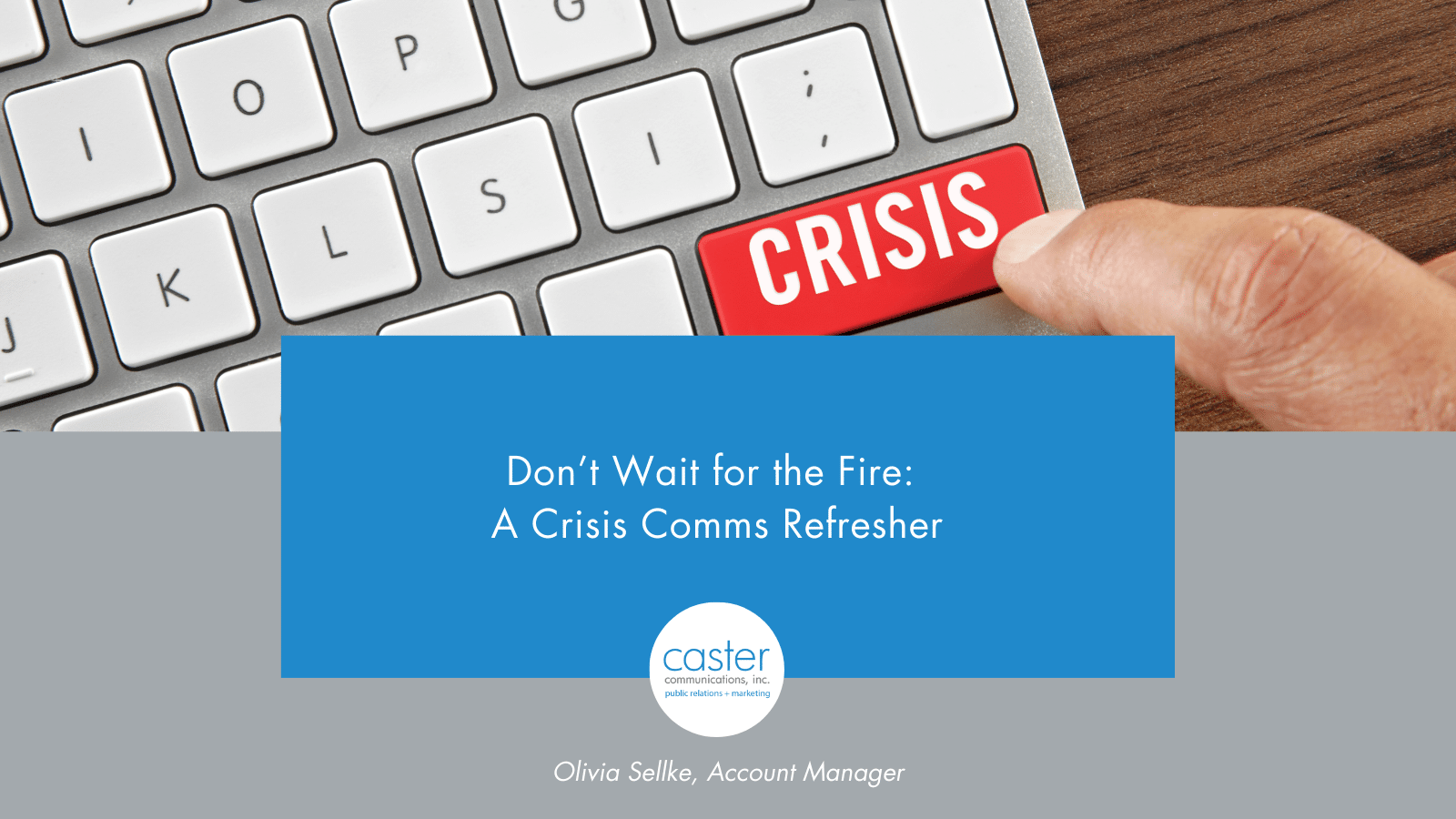
Don’t Wait for the Fire: A Crisis Comms Refresher
No one ever wants to deal with a crisis—but in business, it’s not a matter of if, but when. Whether you’re navigating customer backlash, public mistakes, or external curveballs like the new wave of tariffs on imported goods, how you respond defines how your brand is perceived long after the headlines fade.
This year has already delivered a fresh wave of crisis examples. Just this week, the White House faced a major credibility crisis after a journalist was mistakenly sent confidential war plans—an alarming security breach that ignited a media firestorm and raised urgent questions about information control at the highest levels.
Some organizations freeze in moments like this, caught off guard and unprepared. Others scramble, offering inconsistent or delayed responses. The ones that weather the storm? They have a plan—and a communications mindset built for the moment.
Crisis Prep is Brand Insurance
A solid crisis plan is like homeowners’ insurance—you hope you never need it, but when things go sideways, it’s your lifeline. When the latest tariffs hit electronics and auto manufacturers this year, the best brands prepped scenarios and messaging and as a result were able to issue statements within hours, setting the tone and taking control.
How were these brands able to do it?
They had done the work ahead of time, and here’s a hint: you can do the same thing. Even if you don’t know for sure a crisis is likely, you can start today by building a clear crisis response framework that identifies key decision-makers, outlines the chain of communication, and maps out various scenarios.
Lead with Speed and Presence
Whenever we do media training, we always remind clients that the statement “no comment” is in fact a comment. In the same way, silence is also a statement—and rarely a good one. Acknowledge the issue quickly, even if your message is just, “We’re aware and investigating.” This buys you time to assess without letting speculation get ahead of your story.
Timely response doesn’t mean rushing sloppy messaging out the door—it means making crisis comms a top priority. Don’t let internal debate delay the inevitable.
Say What You Mean, Mean What You Say
There’s a strong temptation in crisis mode to soften bad news with vague language. Resist it. People want the facts and a clear path forward. Clarity signals competence.
If you don’t have all the answers yet, say so—and tell people what you’re doing to get them. Consistency across teams matters, too. Your social posts, support team, sales reps, and leadership all need to sing from the same sheet music.
Honesty Over Optics
Your credibility hinges on transparency. Tell the truth, even when it’s uncomfortable. Over-polished spin or corporate double-speak can do more damage than the crisis itself.
A misstep, explained authentically, can often be forgiven. But misleading statements? Those can haunt your brand for years.
Keep a Human Touch
At the center of every crisis is a person—or many—looking for accountability, empathy, or just a straight answer. Acknowledge emotions, show your team cares, and don’t underestimate the power of a genuine apology. We’ve outlined some best practices for media interviews in this blog if you need another refresher.
Crisis comms isn’t just about damage control—it’s about trust. We’ve covered this topic in a few different ways over the years because, yes we continue to see brands duck responsibility and it can be hard to recover. We’ve covered Layoff Messaging, Addressing World Events, Becoming Media Ready, and Interview Missteps. You don’t have to be in crisis to call in the reinforcements, the Caster team can help you lay the foundation—before you need it.
